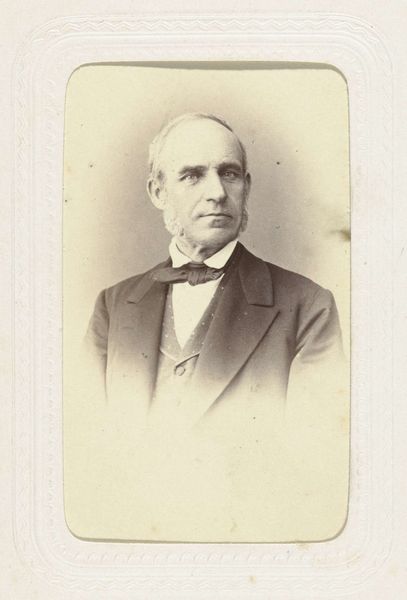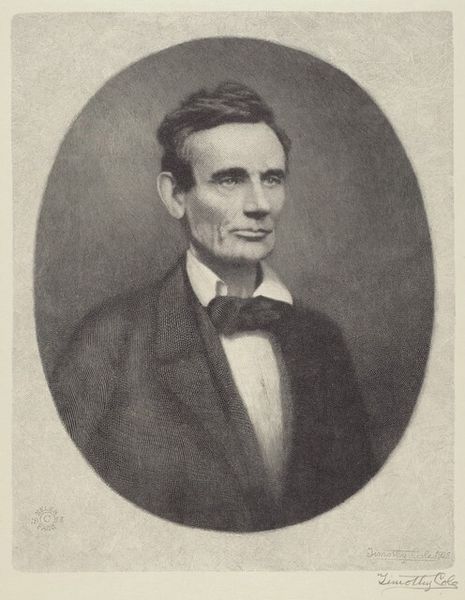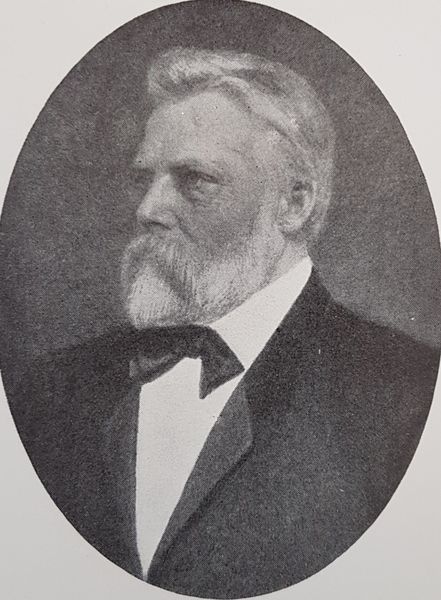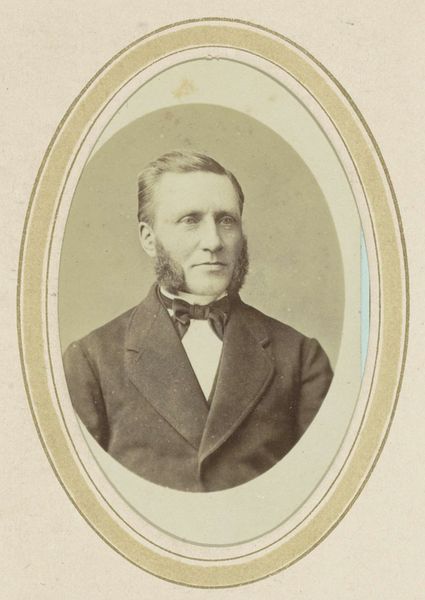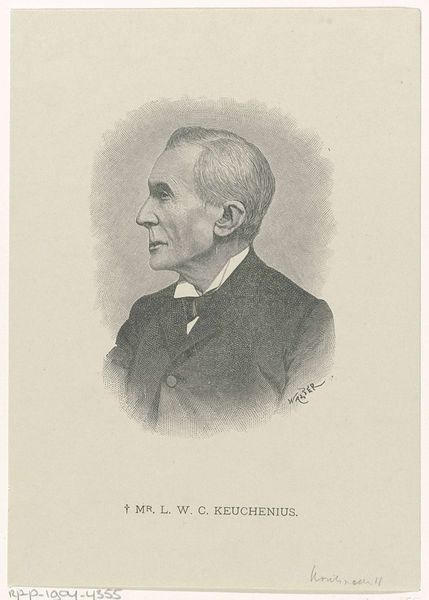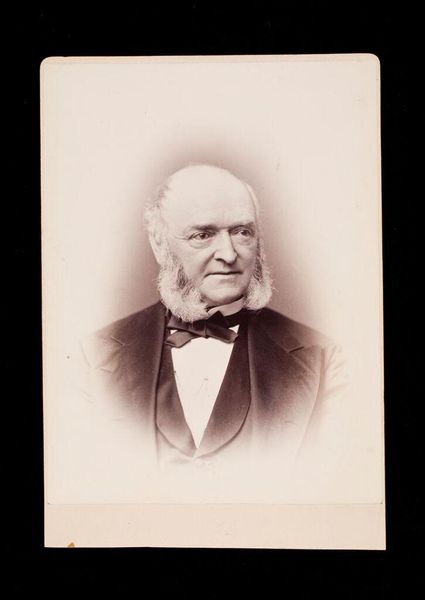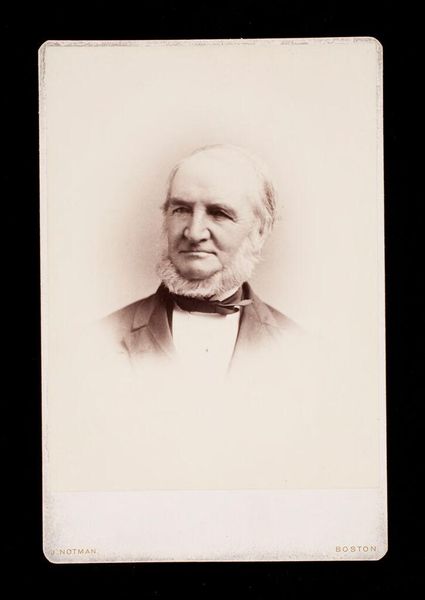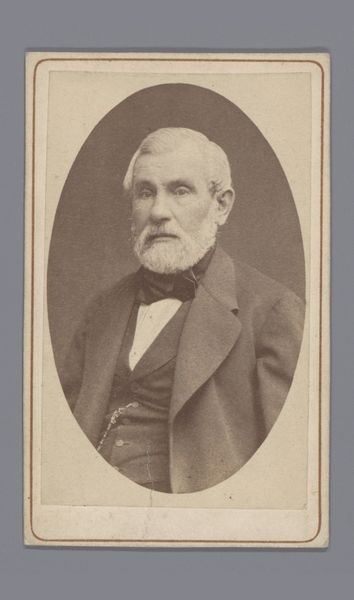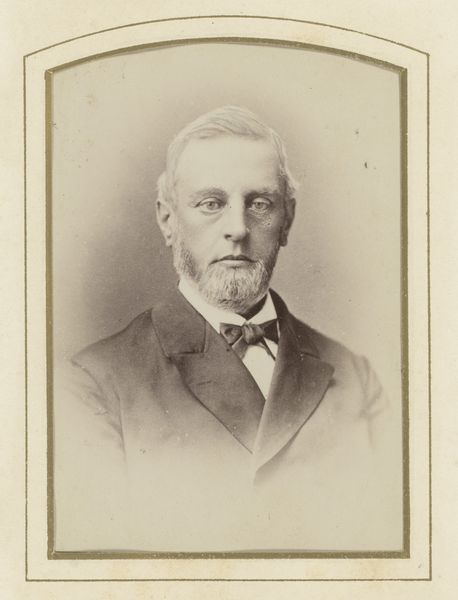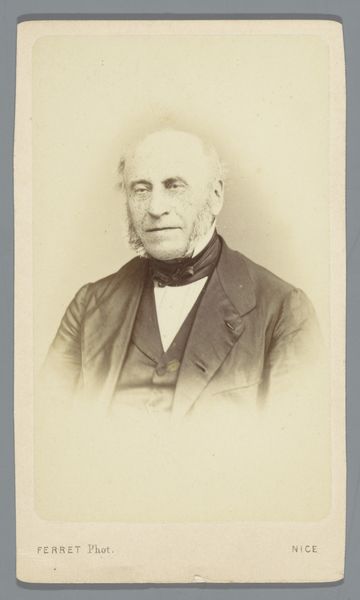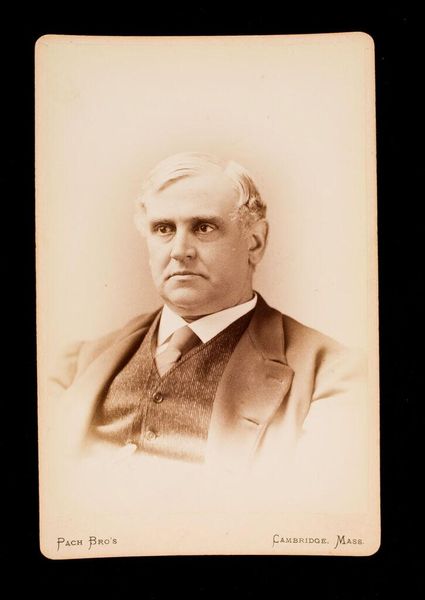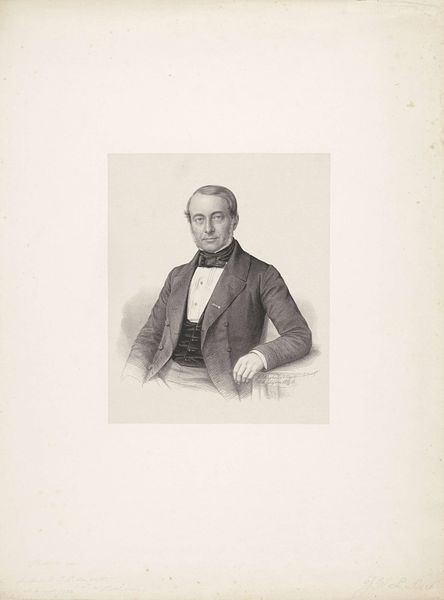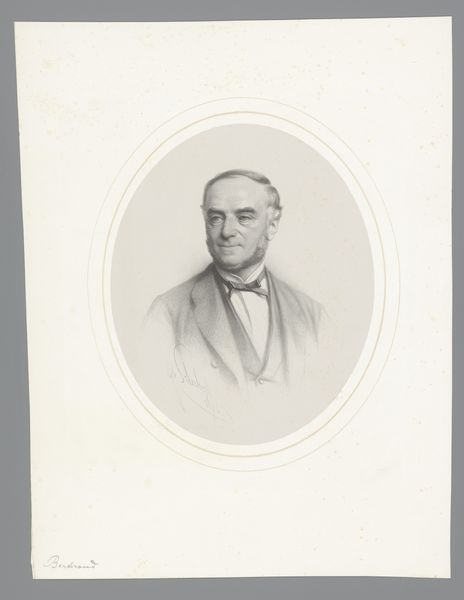
print, engraving
#
portrait
#
16_19th-century
# print
#
historical photography
#
engraving
#
realism
Copyright: National Gallery of Art: CC0 1.0
Curator: This is Timothy Cole’s 1927 engraving of Francis M. Drexel, an American banker and financier. What stands out to you? Editor: It has such a formal and austere feel. The portrait is traditional but quite compelling given its age and rendering technique. How do you interpret this work within its historical and social context? Curator: The choice of engraving, a historically significant printmaking technique, speaks volumes. Consider its use in disseminating images and ideas before photography became ubiquitous. This portrait, made long after Drexel's death, functions less as a lifelike depiction and more as an icon, solidifying his legacy within a specific narrative of American entrepreneurialism. What power structures are subtly at play here, would you say? Editor: So, it's about more than just memorializing an individual. It’s also about reinforcing existing societal norms. The formal attire, the pose—everything conveys authority and respectability. Almost like enshrining an ideal. Curator: Exactly. The artist has deliberately chosen to represent Drexel in this way, constructing an image that upholds the values of the time. It’s crucial to examine how these kinds of images contribute to the perpetuation of certain narratives, and whose stories might be absent or actively suppressed as a result. Is there an alternate narrative to a traditional portrait such as this one? Editor: That's fascinating. It encourages me to think about art's role in perpetuating social norms rather than just reflecting them. Curator: Absolutely. Engaging with historical images this way enables us to understand not only the artwork itself but also the cultural and political forces that shaped it, and by extension, continue to influence us today. Editor: Thank you. I appreciate you unpacking this with me. I can now see it offers a lens to critically assess legacy and representation.
Comments
No comments
Be the first to comment and join the conversation on the ultimate creative platform.
